Somewhere around our third week of Classical Conversations, I started to become overwhelmed by the sheer volume of data my kiddos were learning.
We needed to review, but I couldn’t imagine how we could do so in a fun way that didn’t make the boys hate learning.
After a few days of mulling it over, I realized the “data bites” we were feeding the kids fit perfectly with the style of Jeopardy. To try it out, I grabbed an old piece of foam poster board I had laying around, wrote some questions on index cards, folded them in half, wrote numbers on the outside, taped them to the board, and tried it out on the kids.
Bingo!!
The boys were extremely excited to compete in a quiz game; not only was there a prize involved (I generously offered one red chip for every five questions answered correctly), but it was brotherly competition at its finest!
They loved it so much, I knew we had to keep doing this regularly. Only…the thought of writing out those questions every time we play made my head want to explode. Surely there had to be an easier way!
So I came up with this:
How to Make A “Jeopardy”-style Board Game
Supplies:
- One 36×48 inch Tri-fold display board
- 2 packages of Terrific Pockets
- 3×5 Index cards
- Scotch tape
- Adhesive to affix pockets to display board
- Memory Master Flashcards from Classical Conversations (omit if not using CC)
I bought everything at Office Depot, which offers a nice discount to Classical Conversations families.
I chose plain white pockets so that in the future I can write question values on the front, but they have colored and patterned pockets if you’d like.
For affixing the pockets to the display board, I used some waxy poster hanging stuff I already had at my house. You can use anything you like that would work. 3M has lots of sticky adhesive things, of course, but regular old tape would work fine. (I didn’t choose that at first because I wanted to be able to adjust the number and location of envelopes until I was satisfied before permanently attaching them.)
When I started to put it all together, I realized the cards fell into the pockets so far I would have to dig them out every time. Eventually, I knew, that would rip the pocket. Plus, it would make it a pain in the tuchas to use.
So I held a card up next to a pocket and folded the bottom up enough that the card would fit while still sitting high enough to grab easily. I ended up folding about 1.25 inches or so up from the bottom.
Using that pocket as a guide, I folded all the other pockets likewise.
Then I used scotch tape to hold the fold down firmly. This may be an unnecessary step, but my perfectionism wouldn’t allow it to be all loose and floppy. Feel free to skip it if you don’t have my issues!
Procedure
- Lay 3×5 inch cards across the top of the board (2 cards on each small side, 4 across the center) to mark your category headings; label them first if you already know which category headings you wish to use
- Arrange your pockets (folded or not) below the index cards. Folded, I was able to fit 7 pockets per column.
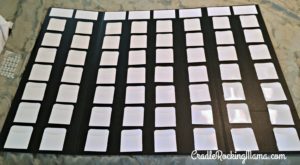
- Secure the pockets to the board using whatever you choose (temporary if you’d like to adjust, or permanent if you’re happy with their placement)
- Secure the index card/category headings to the board
- Stuff the pockets with your Memory Master Flashcards
- Have a blast reviewing your schoolwork!
Now, here’s where I have to be a little like Lucy: I’ve got some “‘splainin'” to do!
My boys are only 4 and 6 years old. They’re still learning how to read larger numbers, and they’re pretty young to follow complicated game rules.
To simplify the game, I took index cards folded in half, wrote random double-digit numbers on them, and slid them in the top of the pockets in front of the Memory Master Flashcards.
The reason for this is that I do NOT want to have to fold 56 pockets again in a few years, when they’re ready for me to put real numbers on the pockets a la “I’ll take Geography for 50, Mom”.
Right now, they also don’t know how to read, so they wouldn’t be able to say which category they want anyway!
Using this method for now means that I can eventually add index cards with categories to the top of the board and write real numbers on the pockets, but for now, the boys can just say which number pocket they want. It helps reinforce reading numbers and makes it much more doable for now.
Eventually I can change out some or all of the numbers for sight words, or some other little thing we are trying to teach.
How to Play with Younger Students
- One child calls out the number they want
- Take that card out and ask the question (take out the folded number, too, or they’ll keep asking for numbers they’ve already answered!)
- After the question is read, start a timer (we use a 1 minute hourglass)
- The child has one minute to answer correctly; if they cannot, the other child has a one minute chance to answer the question
- Whoever answered correctly gets that card added to their pile
- At the end of the game, whoever has the most correct answers wins
Very simple for their age. We can “complicate it up” to be more like real Jeopardy (shorter answer times, keeping score, double Jeopardy round, etc.) when they get older.
In the meantime, this “Jeopardy” style quiz board works beautifully and will be easily converted to be age appropriate in a few years.
It took about 30 minutes to make this board. The total cost was $19.47 plus tax at Office Depot, plus the cost of whatever you use to affix the pockets to the board, and the Memory Master Flashcards. I did use index cards, but had those laying around so did not factor their cost in the total. I did not list the Classical Conversations discounted prices at Office Depot here. Consequently, it might be less expensive for you to make.
Keep in mind that while this is not cheap, it is also not horribly expensive. Cared for properly, this board should last several years, which makes the cost more palatable.
For homeschooling families who do not use Classical Conversations, you can still use this board!
The only difference is that you’ll have to create your own question cards to put into the pockets. On the plus side, using an index card for your questions might mean you can avoid folding all those pockets! (Though you’ll fit fewer questions on your board.)
Hopefully this helps you make a “Jeopardy” style quiz board game for your own house! If your kids love games and competing, I think this is one of the best ways to review their CC material!
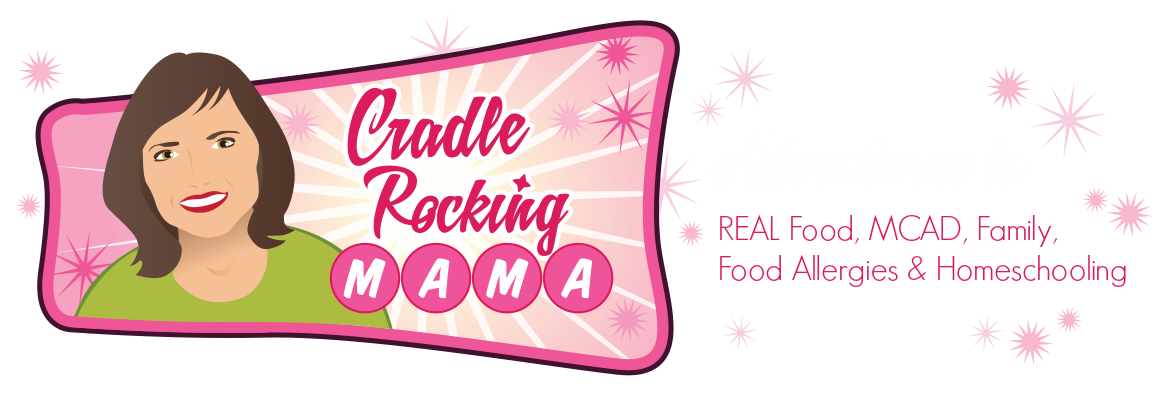





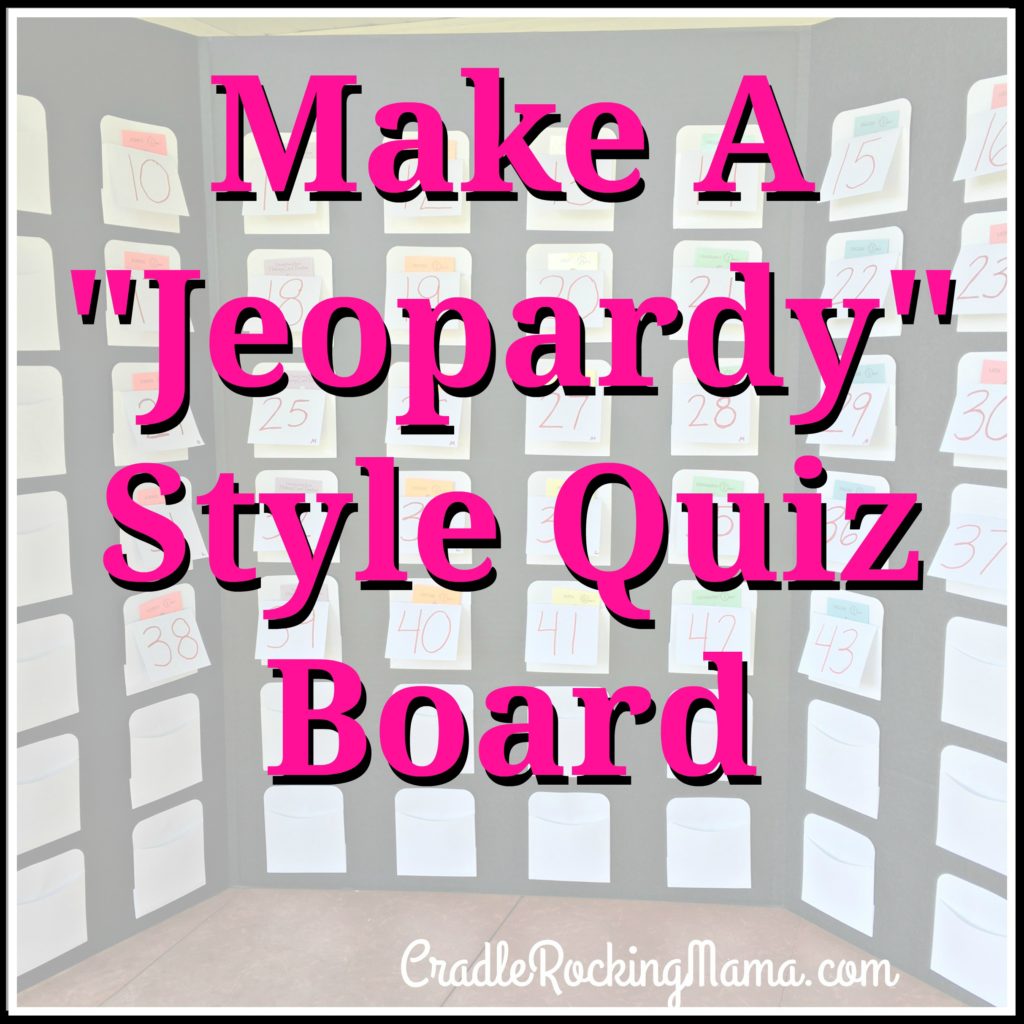
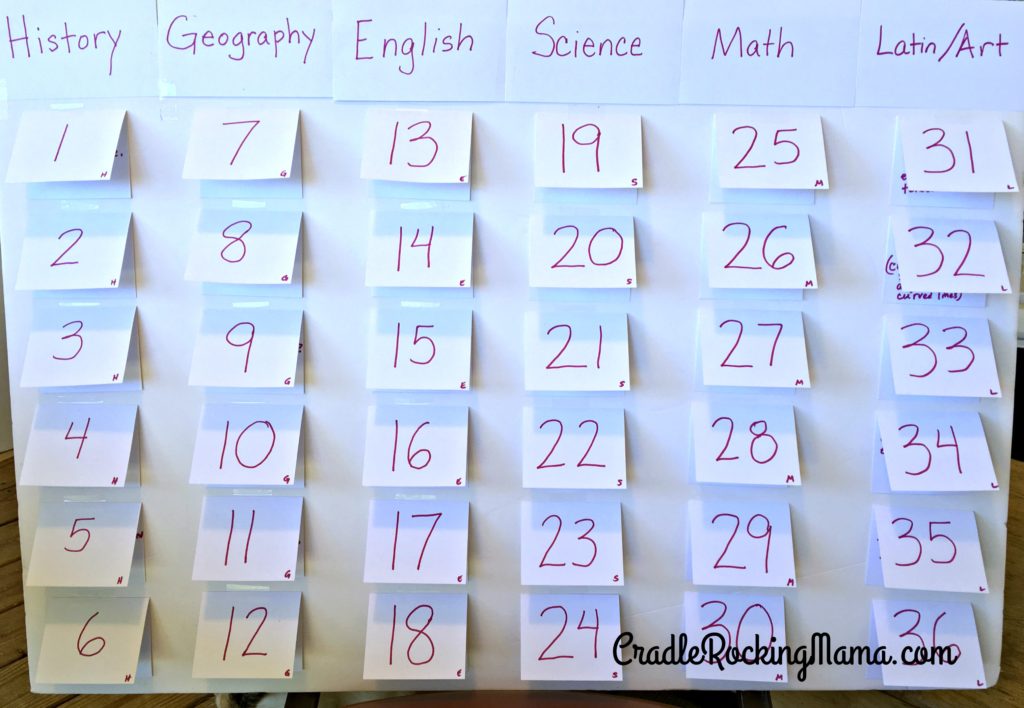
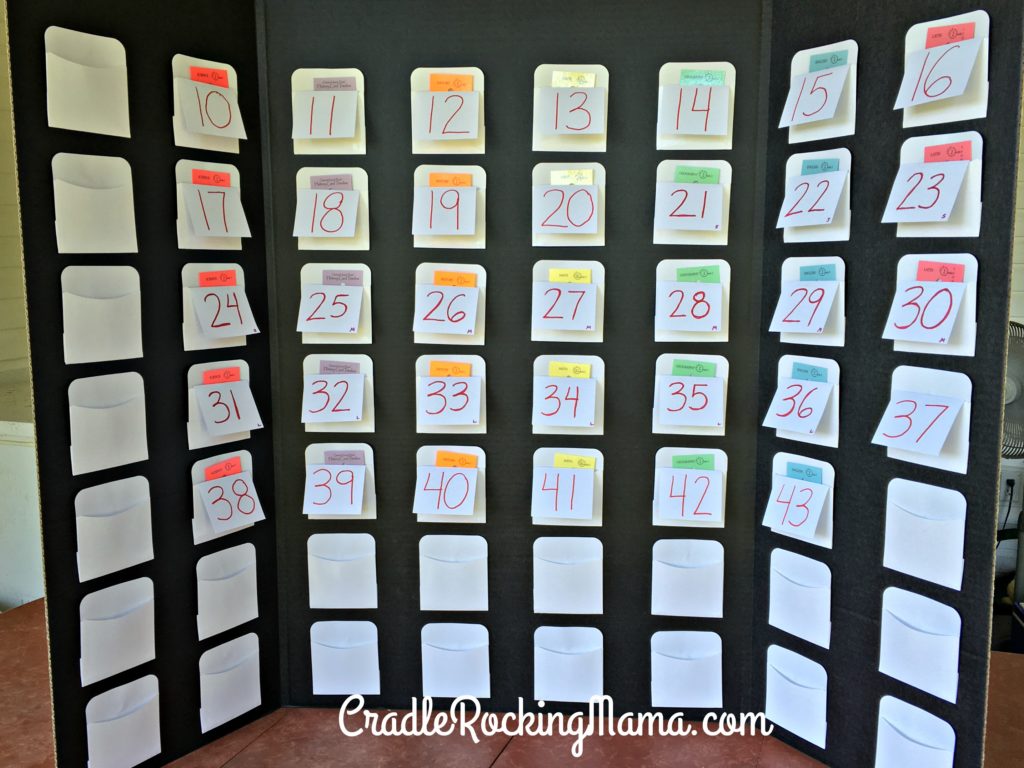
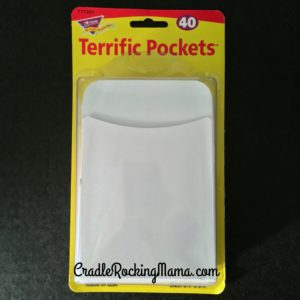

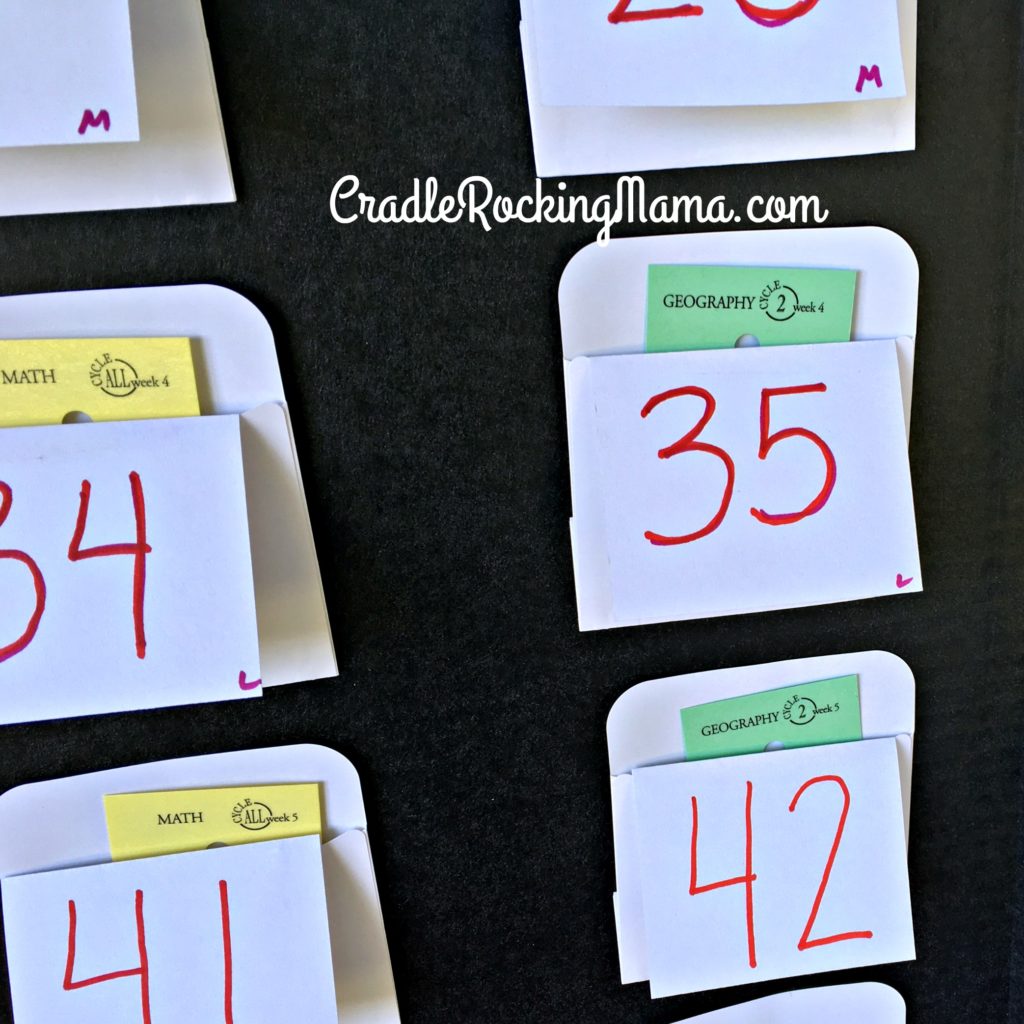





Brilliant! My boys love games too, I can see this as part of our CC week in our future! Thanks for sharing 🙂
Yay! I hope they like it! 🙂